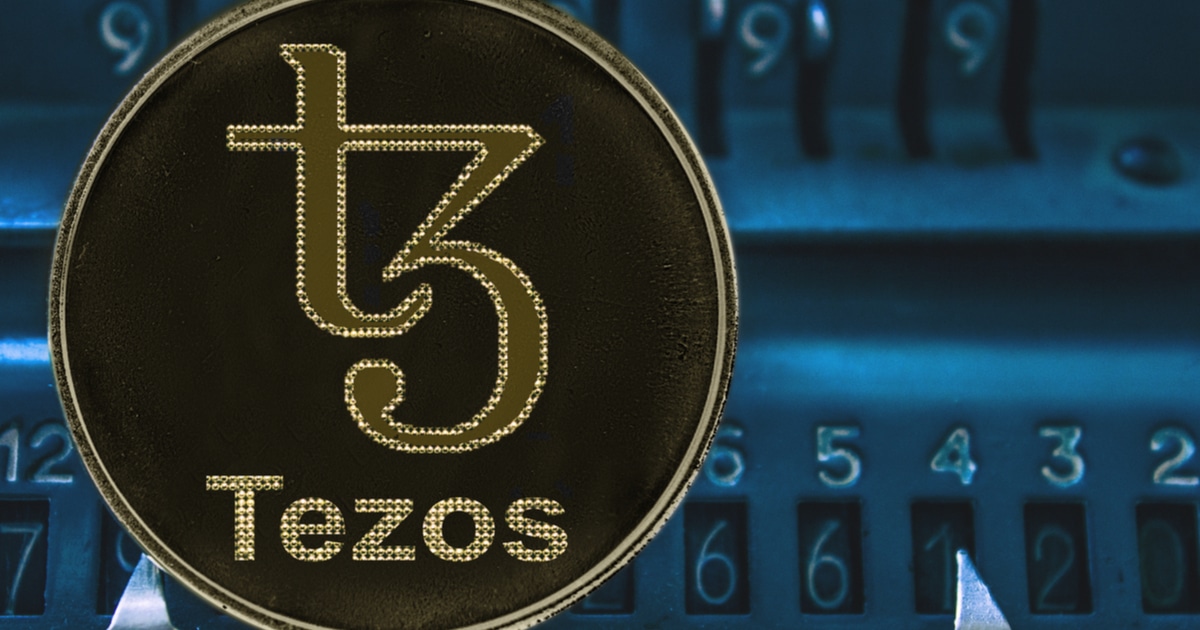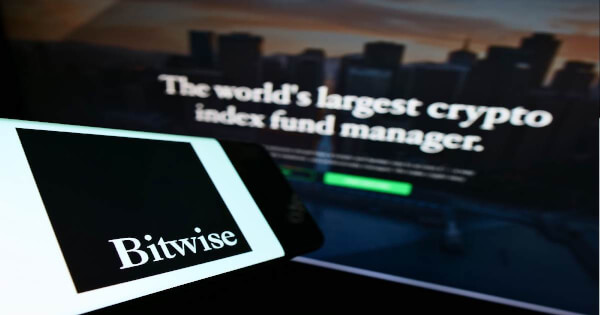
Overall, businesses and individuals should constantly scrutinize their custodial strategies to ensure their funds are properly managed.
As crypto continues to cement itself into our financial system, the question of custody, or how individuals and entities should hold their assets, is becoming increasingly important. This is especially true following the fallout of multiple centralized platforms last year, such as FTX and Gemini, which caused many investors to lose their crypto holdings.
The ethos of crypto is decentralization and ownership. Because third parties are effectively cut out, individuals have direct control over their funds. They don’t need to trust middlemen, such as banks or other centralized financial entities, to properly manage their assets.
However, this complete control is often somewhat sacrificed when the question of storage comes into play. There are two types of digital wallets for storing cryptocurrency, custodial and non-custodial wallets, and each have their unique advantages and disadvantages. The primary difference between the two lies in the control and custody of the private keys, which are the cryptographic codes that enable cryptocurrency transactions. Generally, custodial wallets are less safe but more convenient, while non-custodial wallets are more secure but less convenient.
Selecting between the two is a tricky tradeoff, but it is important that users, investors and institutions have a fundamental understanding of how each option works and the associated risks before deciding how they want to store their assets.
When investors choose to use non-custodial wallets, also referred to as self-custody, they have total control over their private keys and by extension, total control over their assets. Self-custodying is in essence the ethos of crypto — there is no counterparty risk. Full ownership gives investors the flexibility to exchange their assets wherever and however they choose.
By self-custodying, there is no risk of a third-party provider getting hacked, going bankrupt or disappearing, which provides a level of security by removing external dependencies. Furthermore, since there is no third-party involvement, transactions can be more private (depending on the blockchain used).
With custodial wallets, users put their assets in complete control of a middleman or service provider who has complete control over the private keys. This poses many security risks and increases the likelihood of loss of funds. It can also result in access limitations, as exchanges may freeze access to funds due to legal issues, policy violations or technical problems.
Even the most high-profile cryptocurrency exchanges have not been shielded from these issues. Many have been targeted and successfully hacked in the past. And if recent collapses like that of FTX have shown us anything, it’s that some firms have also been both reckless in managing customer funds or susceptible to full-blown bankruptcies. Users who custodied their assets on FTX lost tens to hundreds of millions of dollars.
So then, why do investors still choose custodial over non-custodial wallets? Custodial wallets are typically easier to use, especially for newcomers, as they often come with a user-friendly interface. Those offered by exchanges often provide more services, such as trading, borrowing, staking or rewards services. Additionally, many custodial providers have recovery options so if you forget your password or lose access to your account, there is usually a way to recover it because the service provider maintains control of the keys.
Whereas with self-custody, individuals are responsible for maintaining their private key. There is no password reset. Misplaced private keys may mean total irrecoverable loss of funds. Lastly, certain custodial providers offer insurance solutions to mitigate certain counterparty risk.
As users assess the pros and cons between both solutions, there are additional factors that have become increasingly relevant given recent market investors. When users deposit their crypto on a centralized exchange, they are essentially “loaning” their crypto coins to the exchange, in turn making them unsecured creditors. In doing so, they give the exchange the power to use those funds at its discretion, meaning the funds may be used as collateral for large loans, trades, etc.
Assuming these exchanges use the funds as intended, implement risk management strategies and keep careful records to inform next steps, they offer a convenient and theoretically safe avenue for investors to hold their crypto. Unfortunately, FTX has proven that firms don’t necessarily abide by responsible standards, calling into question the integrity of centralized exchanges and the safety of custodial wallets more broadly.
Businesses can, in part, avoid some of these third-party risks by ensuring they select exchanges that are regulatory compliant, employ high-security standards and are transparent with regard to their funds and ability to collateralize assets. As greater regulation is introduced, there should be tighter safeguards in place to protect investors and their funds when they choose to trust custodians with their crypto.
Overall, businesses and individuals should constantly scrutinize their custodial strategies to ensure their funds are properly managed. One avenue could be to employ both types of custodial solutions for funds, keeping a very close eye on those that are held by custodians and ensuring they are properly diversified.
The information provided here is not investment, tax or financial advice. You should consult with a licensed professional for advice concerning your specific situation.
Anthony Georgiades is the co-founder of Pastel Network.
This article was published through Cointelegraph Innovation Circle, a vetted organization of senior executives and experts in the blockchain technology industry who are building the future through the power of connections, collaboration and thought leadership. Opinions expressed do not necessarily reflect those of Cointelegraph.

You can get bonuses upto $100 FREE BONUS when you:
💰 Install these recommended apps:
💲 SocialGood - 100% Crypto Back on Everyday Shopping
💲 xPortal - The DeFi For The Next Billion
💲 CryptoTab Browser - Lightweight, fast, and ready to mine!
💰 Register on these recommended exchanges:
🟡 Binance🟡 Bitfinex🟡 Bitmart🟡 Bittrex🟡 Bitget
🟡 CoinEx🟡 Crypto.com🟡 Gate.io🟡 Huobi🟡 Kucoin.




















Comments